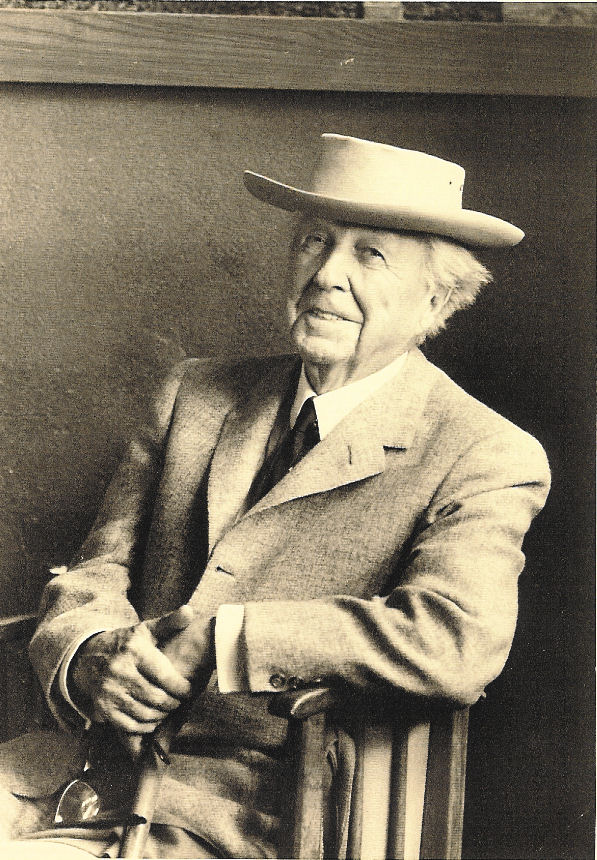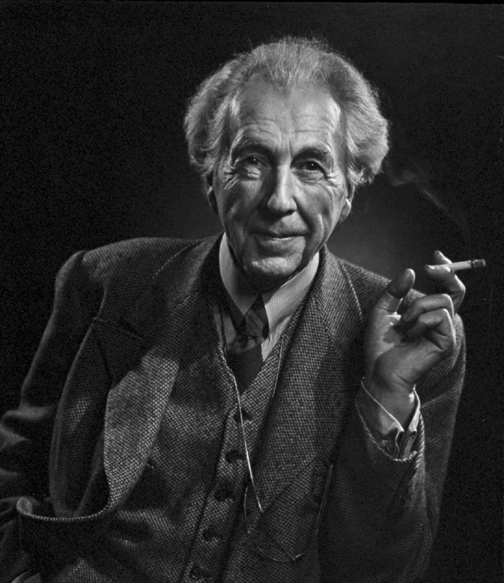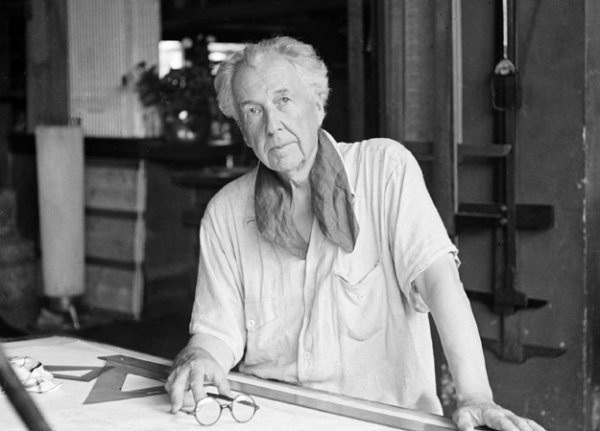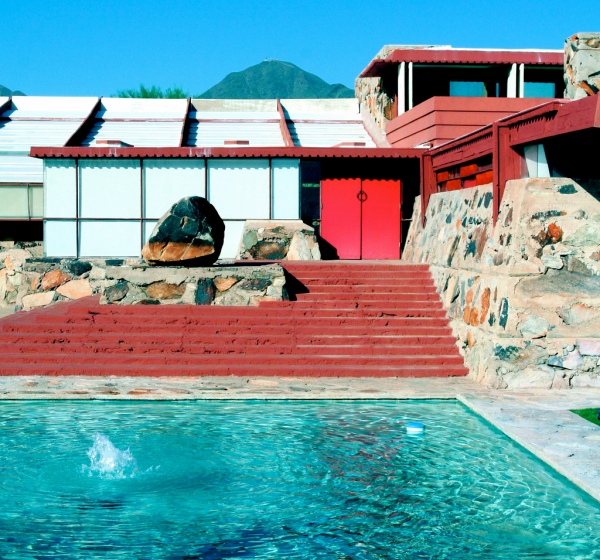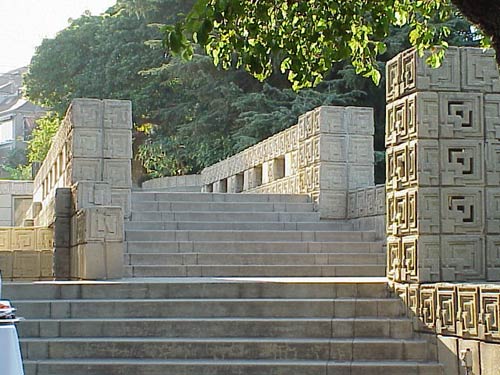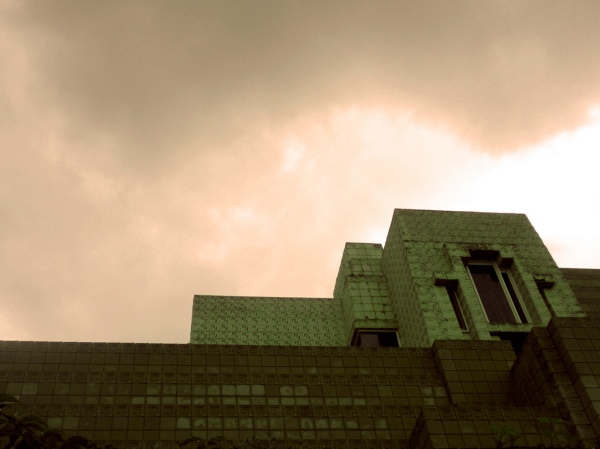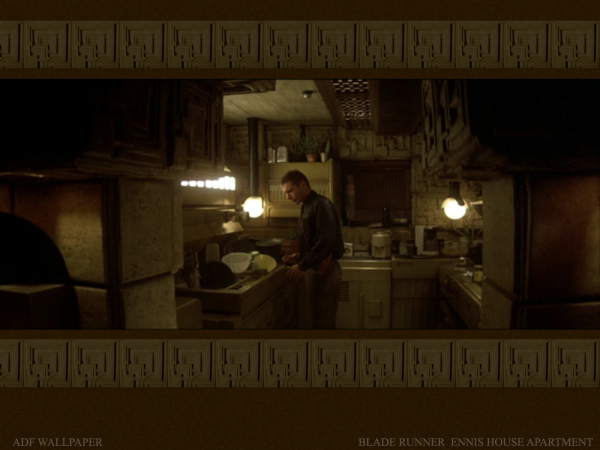Showing posts with label architecture. Show all posts
Showing posts with label architecture. Show all posts
Helix Hotel by Leeser Architecture At Abu Dhabi

New York design firm Leeser Architecture have won a competition to design a hotel in the Zayed Bay district of Abu Dhabi, UAE.

Called the Helix for its spiraling floors, the hotel is located in the bay and sits partially over the water.

The building includes a glass-bottomed swimming pool on the roof, visible eight floors below, and a running track on the fifth floor.

It will be part of a new waterfront development in Abu Dhabi, adjacent to the Sheik Zayed Bridge by Zaha Hadid Architects that is currently under construction.

Here’s some more information from Leeser Architecture:
–
LEESER ARCHITECTURE WINS DESIGN COMPETITION FOR FIVE-STAR HOTEL IN ZAYED BAY, ABU DHABI
Iconic design and state of the art technology create dynamic mini-city in the UAE
Leeser Architecture, an internationally recognized design firm, has won an invited competition for a five-star luxury hotel in the Zayed Bay in Abu Dhabi, UAE. Called the Helix Hotel for its staggered floor plates, it rests in the bay, partially floating in the water and adjacent to the serpentine Sheik Zayed Bridge currently under construction by designer Zaha Hadid. With the Helix, Leeser Architecture has devised a new way to consider hotel culture in the Emirates, highlighting elements that are usually unseen, and playfully enlivening those parts that traditionally remain static and mundane.

The commission was the result of an invited competition held by Al Qudra Real Estate in partnership with QP International, both local Abu Dhabi holdings groups with projects featured across the UAE. Zayed Bay will be a comprehensive development built along a new road, and the site will include office buildings as well as condominiums and retail along the water. The Helix is the centerpiece of this new development.

With 208 guest rooms and suites arranged around a helical floor, the hotel immediately dispenses with the idea that visitors must engage in the stale paradigms of rigid hallways and atria that characterize a typical hotel stay. The floor constantly shifts in width and pitch as it rises to the top floor, keeping public spaces always in flux. No two rooms positioned across from each other have exact views to the other side, already pulling the visitor out of the pedestrian and into the hotel’s uniquely urban world. As the helix winds upward, programmatic elements change from lounges and restaurants on the bay, to meeting rooms and conference facilities, to lounges and cafes, to the luxury indoor-outdoor health spa on the fifth floor, to, finally, the upper pool deck on the roof. The running track on the fifth floor represents the only moment when the ramping ceases and a flat surface prevails – a sleight of hand on the architect’s part, and an unexpected luxury that fit vacationers can enjoy in the cooler months.

Conceptually, the Helix Hotel participates in a critical dialogue between opulence and urbanness, between the variety of services offered by a small city and the demands of a five-star hotel guest. The floor suggests the curves a winding street would take through a bustling town, and many programmatic elements are open to views from across the central void. Though the void seems to offer unmitigated visibility, there are enclaves for private meetings and guest privacy. It is designed so that one activity feeds into the next rather than affecting sharp separations between each activity. In this way it develops a feeling of being free to whimsically experience all aspects of the hotel without having to decide on an agenda in advance.

On the luxury side of vacation culture, there are playful elements that make the hotel a designer destination in an iconic setting. From the outset, it is as much a showplace for the abundance of opulent life as it is a fully incorporated urban experience. For example, the building has a functional reverse fountain, which drops water from the ceiling down through the void to the lower lobby. At the entry, valets drive clients’ cars into the car park, which, rather than being predictably above ground or underneath the hotel, is situated instead under the bay. Cars are literally driven into the water.

As guests make their way up to their suites, remarkable views out onto the Zayed Bay become even more dramatic on the upper floors. At the top of the Helix, the rooftop pool deck features a full sized swimming pool with a glass bottom, with the water and swimmers visible from eight floors below at ground level. In the restaurant below the lobby, the bay’s waves are so near to the floor plate that they lap up onto the edge of the restaurant inside of the glass curtain wall. The wall retracts, revealing a sweeping breeze.

While focusing on unique design, Leeser Architecture is also committed to sound sustainability practices and worked with consultant Atelier Ten to determine the best possible conditions and materials for heat and energy conservation. The indoor waterfall allows for the accumulation of heat inside the hotel to be minimal by filtering cool water back up into the system as it falls through the void. In the sub-lobby, a dynamic glass wall is built from the base of the second floor down into the water. The wall acts as a curtain would, opening when the weather is cool enough and closing when it is too hot for exposure to the desert air. Portions of the outside surface are clad in panels made of a new material called GROW, which has both photovoltaic and wind harnessing capabilities.

Consultants on the project include ARUP (structural and mechanical design) and Atelier 10 (environmental and green design).

Frank Lloyd Wright -"the greatest American architect of all time"
A
A
A
A
“Give me the luxuries of life and I will willingly do without the necessities.” –Frank Lloyd Wright
A
It’s fascinating, sad, and ironic that some of the most creatively talented and successful people in history can be a complete train wreck when it comes to their personal lives. Frank Lloyd Wright is a perfect example unfortunately.
A
A
A
“Early in life I had to choose between honest arrogance and hypocritical humility. I chose the former and have seen no reason to change.” –Frank Lloyd Wright
A
Frank Lloyd Wright was recognized in 1991 by the American Institute of Architects as “the greatest American architect of all time”. Wright was an innovative, influential and controlling artist (he would design the furnishings for his spaces, dictate their precise placement, and even choose the artwork) and will forever be remembered, respected, and honored for his legacy of work. But how Wright chose to live his personal life probably wouldn’t win any awards, and was also sadly marked by recurring tragedy.
A
A
A
“Form follows function-that has been misunderstood. Form and function should be one, joined in a spiritual union” –Frank Lloyd Wright
A
When Wright was just starting out, his integrity was called into question when it was discovered that he was designing houses “behind the back” of the architectural firm he worked for– Wright was promptly asked to leave. He had no trouble finding work, and the evidence is well documented by the now famous homes (Wright referred to them as his “bootleg” designs) located all around the Oak Park, Chicago area. He set about quickly assembling a team of young draftsmen that would worship and emulate their master in work, and even personal presentation.
A
A
A
“Less is only more where more is no good.” –Frank Lloyd Wright
A
With all the success and accolades that soon followed came a bloated ego and selfish appetite. Wright thought very highly of himself, and felt that others should too. He went after whatever he desired– it’s told that the famed architect had long struggled to keep his pencil in his pants.
A
A
A
Falling Water, also known as the Edgar J. Kaufmann Sr. (of Kaufmann’s dept. stores) Residence, was designed by American architect Frank Lloyd Wright in 1935 in rural southwestern Pennsylvania. The house was built partly over a waterfall in Bear Run at Rural Route 1 in Mill Run, Fayette County, Pennsylvania, in the Laurel Highlands of the Allegheny Mountains.
A
A
Taliesin West (not to be confused with Taliesin) was architect Frank Lloyd Wright’s winter home and school in the desert from 1937 until his death in 1959 at the age of 91. Today, it houses The Frank Lloyd Wright Foundation, a school for architects, and is open to the public for tours– located on Frank Lloyd Wright Boulevard in Scottsdale, Arizona.
A
A
A
Frank Lloyd Wright’s decorative modern Ennis House with its distinctive Bismuth crystal like blocks is the background for the interior of Deckard’s apartment in the film Blade Runner. Elsewhere in the film, famous modern buildings such as Chicago’s Hancock Tower are the influence for sets.
A
A
The Ennis House is both modern and timeless, inventing a genuinely new decorative style – and its in L.A., making it highly appropriate for Blade Runner which mixed old and new to create a vision of the future which wouldn’t date quite as obviously as yesterday’s interpretation of modern.
A
A
A
A
“Why, I just shake the buildings out of my sleeves.” –F.L.W.
A
A
Watch the amazing clip film below from Ken Burn’s documentary on Frank Lloyd Wright, and you’ll see that this was literally the case with Falling Water.
A
=======================================A
Subscribe to:
Posts (Atom)




